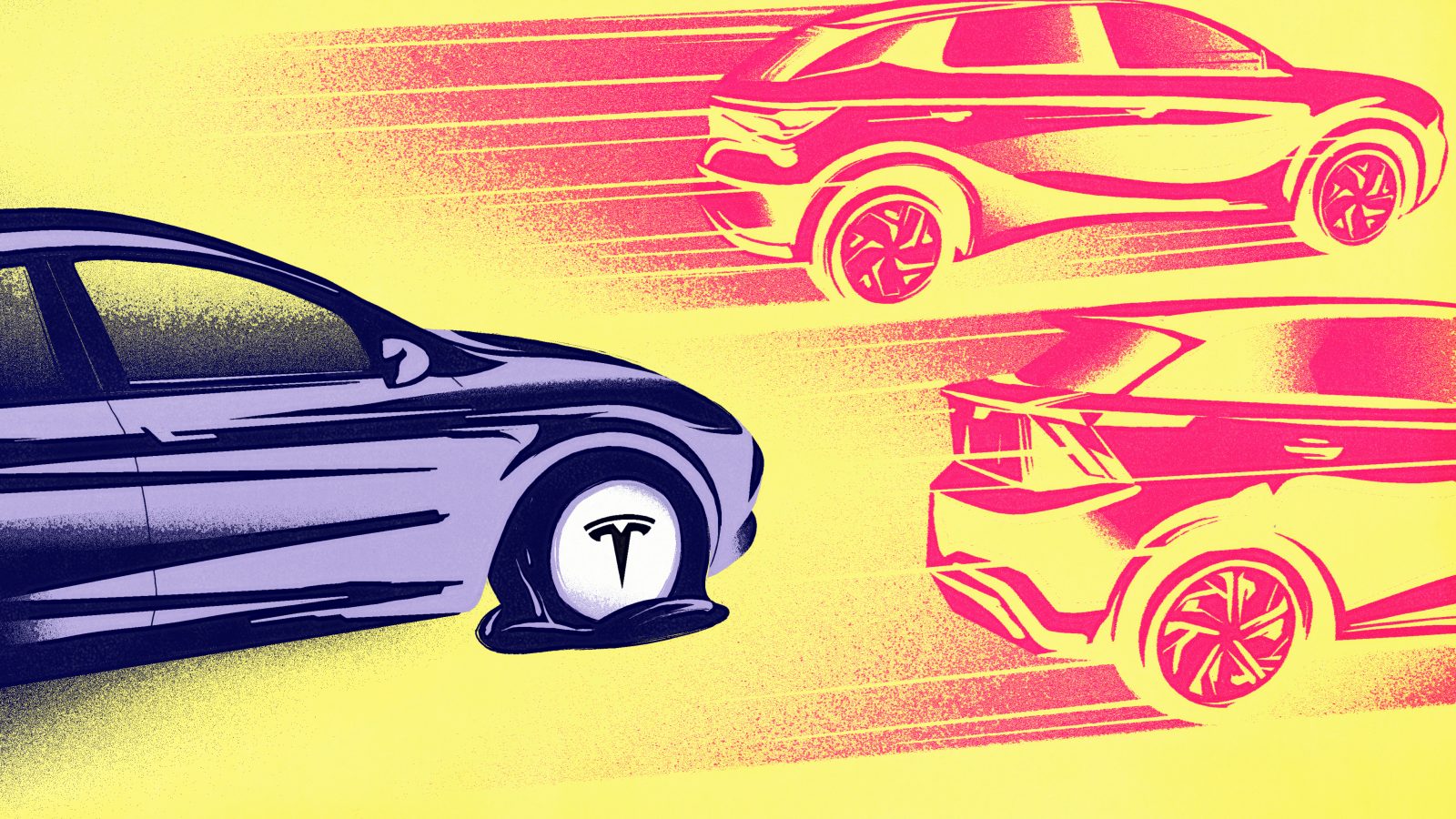
How Tesla blew its lead
- 19.03.2025 10:20
- restofworld.org
- Keywords: Tesla, BYD Auto
Tesla, once a dominant EV leader, faces declining sales globally due to political issues and intense competition from Chinese brands like BYD. Its high prices and limited product variety make it less appealing in emerging markets where local companies already have strong footholds.